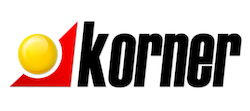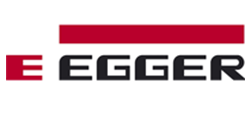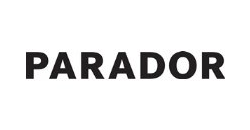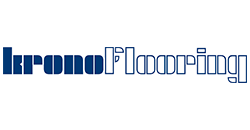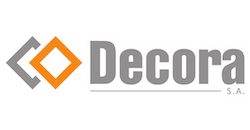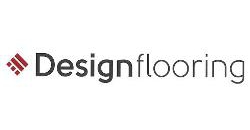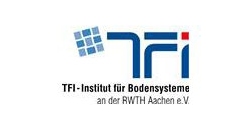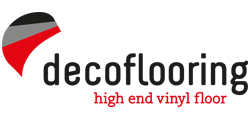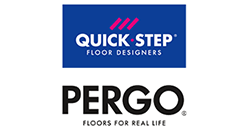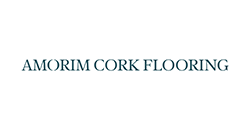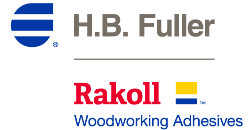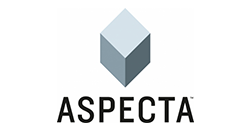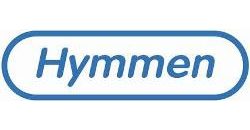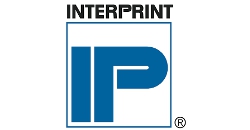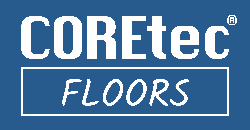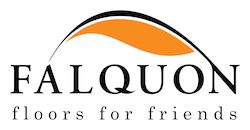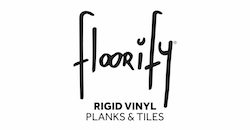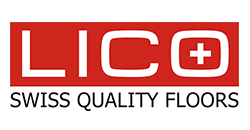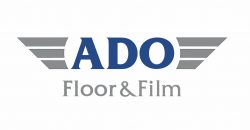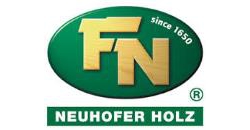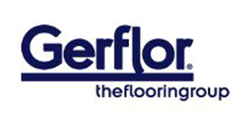Requirements for underlays
Below, minimum and higher requirements are given for each performance characteristic in order to guarantee the durability of the technical performance, in respectively light and heavier areas of use (e.g. living rooms, halls, kitchens, etc….) during the whole lifetime of the MMF flooring. They are meant as a rough indication to make it easier for consumers to choose the underlay for their specific area of application and to identify and determine the suitable floor covering/underlay combinations.
The underlay group required shall be specified by the floor covering supplier. If no underlay group is specified by the supplier, group 2 is recommended.
Here you will find an overview on the requirements for
underlay group 1: e.g. under floor coverings MMFA-category WOOD – with HDF-core
underlay group 2: e.g. under floor coverings MMFA-categories POLYMER or MIXED – without HDF-core
as well as information on test methods and reference floor coverings, on environment and safety an on European Standards.
For floor coverings with a use class (acc. EN 16205) of 31 or higher underlays are recommended which fulfill the higher requirements.
Table 1 – Underlay Group 1

Table 2 – Underlay Group 2

A1. Test methods
The performance values must be tested according the following test methods. The test methods are described in EN 16354 and some are adapted to multilayer modular floor coverings as described below.
A1.1. Determination of PC – Punctual Conformability
Described in EN 16354
A1.2. Determination of SD – Water vapor diffusion resistance (Sd-value)
Described in EN 16354
A1.3. Determination of R – Thermal Resistance
Described in EN 16354
A1.4. Determination of DL – Dynamic Load
A1.4.1. DL25 for underlays group 1
Described in EN 16354
A1.4.2. DL75 for underlays group 2
Described in EN 16354
For tests of underlays group 2 the applied sinusoidal load must vary between σmin = 100 Pa and σmax = 75 kPa.
A1.5. Determination of CS – Compressive Strength
Described in EN 16354
A1.6. Determination of CC – Compressive Creep
Described in EN 16354
A1.7. Determination of IS – Impact Sound Reduction
A1.7.1. ISHDF and RWSHDF for underlays group 1
Described in EN 16354
For underlays group 1 the reference floor covering described in A2.1 must be used as floor covering.
A1.7.2. ISLVT and RWSLVT for underlays group 2
Described in EN 16354
For underlays group 2 the reference floor covering described in A2.2 must be used as floor covering.
A2. Reference floor covering for group 1
Particular properties have to be tested as a system test. In this case the entire flooring system has to be investigated. In order to be able to compare the performance of the underlay as such a reference floorcovering of the respective type of flooring should be used.
A2.1. Reference floor covering for group 1
When determining performance of an underlay of group 1 the system tests have to be executed with the following reference floor covering:
7,3 mm monolithic seamless panel (LVT-covering: 1,8 mm, core layer HDF: 5,5 mm, no stabilizing layer), Area weight: 8 kg/m², size: 92 ± 2 cm x 120 ± 2 cm
A2.2. Reference floor covering for group 2
When determining performance of an underlay of group 2 the system tests have to be executed with the following reference floor covering:
5 mm monolithic seamless LVT-slab (PU-Coating: 10 µm, wear layer: 300 µm, decor film: 70 µm, core layer PVC with glass fibre reinforced: 3,2 mm, stabilizing layer: 1,5 mm), Area weight: 8,5 kg/m², size 98±2 cm x 120±2 cm
Environment and safety
The following properties may be of significance with respect to environmental and safety factors. A number of these properties are governed by national or EU legislation/building regulations.
For example, in Germany a “bauaufsichtliche Zulassung (abZ)” or “general building regulations approval” is currently required for underlays dealing with VOC emissions and reaction to fire, and in France underlays have to be labeled according to specific volatile emssion categories.
Relevant environmental and safety-related properties are:
- Emission of dangerous substances, content of dangerous substances
- Odor emission
- Fire class
- Waste Management
These factors are currently under development to be included in the harmonized standard for floorcoverings EN 14041.

